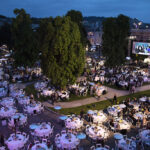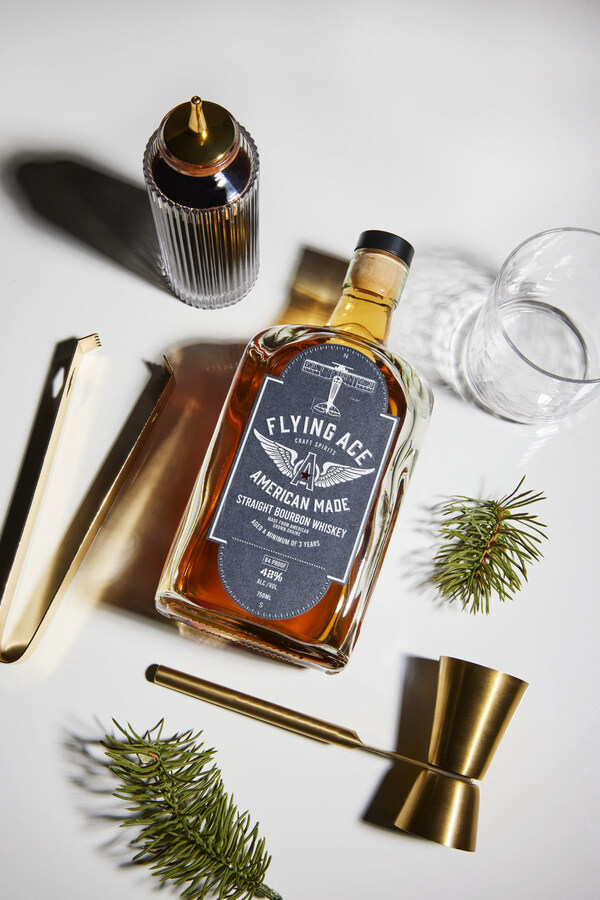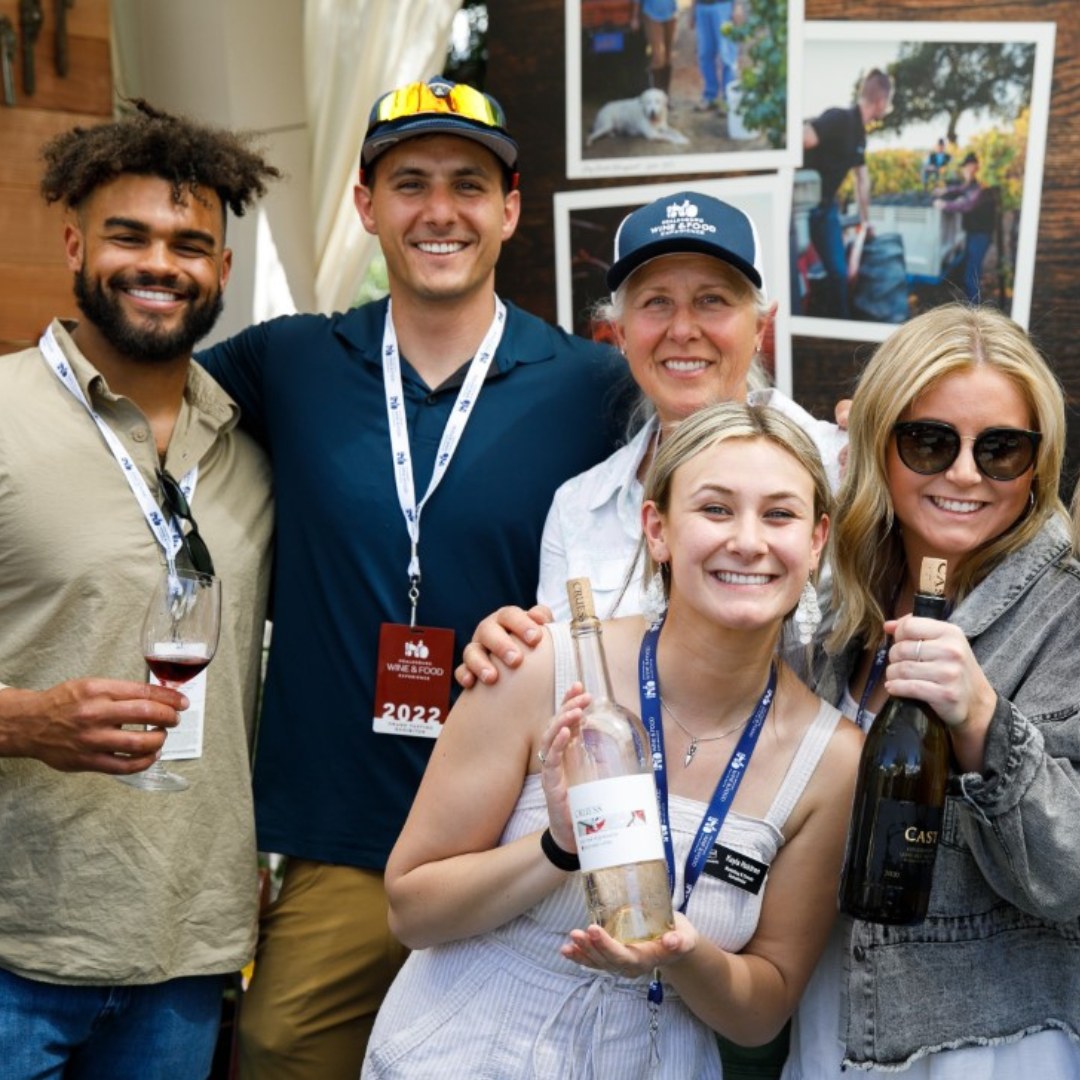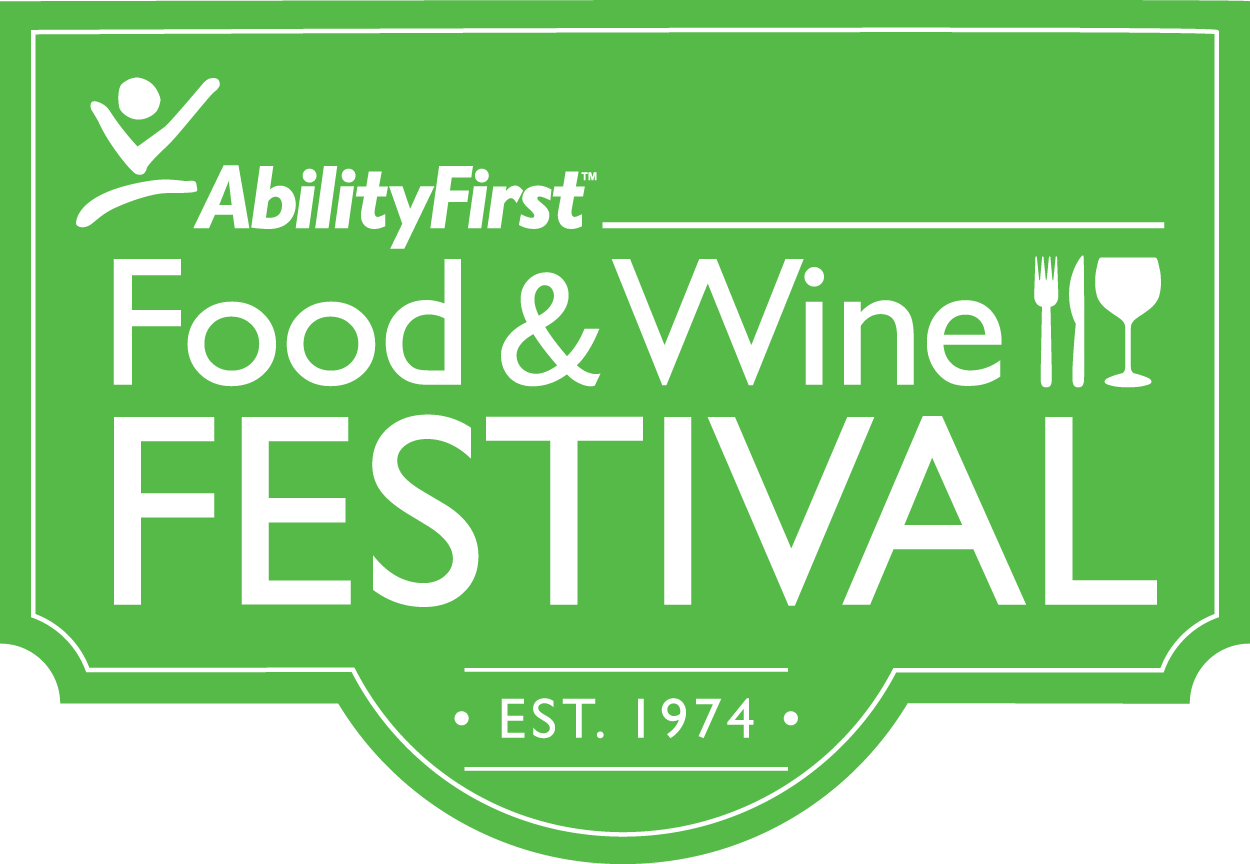Over the years I keep on being asked how I’ve gotten to the point of being a wine educator and a wine judge. My first response is meant as humorous; “I drink a lot!” but that isn’t the true answer. The true answer is much more convoluted and lengthy.
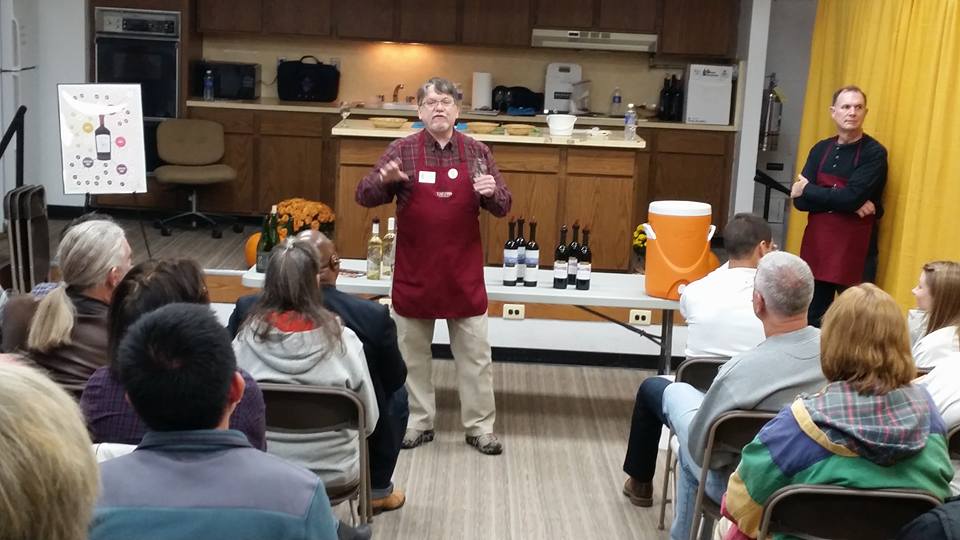
Let’s start with the basics. I’m lucky that I’m considered a “super taster” and I can distinguish a wide variety of flavors, aromas, and scents. My wife is what I refer to as a “digital” wine drinker. It’s either I like it (1) or I don’t like it (0). Hence, a digital wine drinker. But that is JUST the start…
What truly makes a knowledgeable wine taster/judge is education. Educating your mind, your nose, and your palate. This article will address a general baseline of gaining this knowledge but is only a baseline as this education process needs to continue so you can maintain your knowledge and abilities.
Wine knowledge comes from reading/studying and experience. There are tons of books/blogs/journals in the marketplace that it can be confusing as to where to start. At the basic level, I would like to recommend that one should start with the book “The Wine Bible” by Karen MacNeil. This is a very informational and inclusive book on wine, wine culture, wine history, and wine regions around the world.
The one blog that I recommend to everyone is www.winefolly.com which is written by Madeline Puckett. Madeline has ways of bringing wine knowledge to its basic components through articles, infographics and mapping. The blog covers wine regions, grape history, wine and food pairings, stemware, wine chemistry, and so much more.
Now comes the fun stuff…. Taste wines… LOTS of wine! Find a wine shop that offers wine tastings. Join a wine group (Tasters Guild is an excellent example). Attend wine tastings at wine bars/restaurants. Travel and visit wine regions and wineries.
But before you taste, there are a few more steps that you need to do to understand what is in your glass.
Look at the wine in your glass. What is the color is the wine? How clear is the wine? Are there faults in the way the wine looks? If it is a white wine, what’s the brilliance? If it’s a red wine, can you see any graduation of colors from the rim to the center when you tilt your glass to the side? Again, this is all knowledge that one picks up from studying and observing.
Now the fun part!! Taste…Taste…Taste!!
As you taste (notice that I didn’t say drink), I would like you to look for fruit, spice, and minerality in the nose and on the palate. As you smell and taste; think… what fruit. Apple!! Okay, what kind of apple? Cooked, baked, raw, etc. Now do the same with spices, and minerality. The nose of the wine doesn’t have to agree with the taste of the wine.
By the way, you may find that one side of your nose is more sensitive to aromas and bouquets than the other. Try to find out if you have a better side than the other. But only try for about six seconds at a time.
After that time, your olfactory system can become overloaded.
To help with determining the different flavors on your palate, think of what food would go well with the wine. What kind of protein (meat), what vegetable, which soup would you serve with the wine? How would you prepare it, season it? As you’re doing this in your mind, your tongue is sorting through the different flavors, textures, and layers of the wine.
Another way to get more from the sip of wine is too slurp the wine. Slurping wine adds even more air to the wine in your mouth and brings out the flavors and the essence of wine. To REALLY bring out the flavors is to chew your wine. Take a little bit in your mouth and chew (be polite and keep your mouth closed). This forces the wine throughout your mouth and is now hitting every taste bud and all sides of your tongue. Again, look for fruit, spices, and minerals.
Try to note how long the flavors last. Does one fall away and another flavor replace the original flavor? Does the flavor just drop off? What are the flavors? Fruit – what kind, what variety, raw/cooked/stewed? Spices – baking, canning, exotic? Minerals – earthy, chalky, leather (yes, one can smell and taste leather)?
A good way to get exposure to different fruits and spices is to go to an international grocery store/market. Pick up the different fruits/vegetables. Wander down the spice aisle in the store. Become familiar with the scents and aromas. Do this several times so you can learn to differentiate between the different types of the same fruit/vegetable.
What is the alcohol? Disregard what the bottle ABV (Alcohol By Volume) states; does the alcohol impact the nose and/or the flavor of the wine?
buy ivermectin online https://alvitacare.com/wp-content/languages/new/ivermectin.html no prescription
Is the alcohol within balance with the flavors or does it override the wine and leave a burning feeling in the back of your throat (indicator of high alcohol).
The same can be said with sugar. Is the sweetness level consistent with grape variety? Is the sugar (sweetness) in balance with everything else? Can you still taste the grape variety in spite of the sweetness?
Now comes the toughest part of all… Spit! By spitting out (or expectorate as they say in the sommelier world), you can move onto your next wine taste and start the process all over again.
It would be nice to sit back and enjoy a nice glass of wine but remember, you’re in training and sometimes sacrifice is required. You can always go back and finish your training session with a glass of wine that you really enjoyed.
In summation, wine tasting isn’t just tasting and deciding that you either like or dislike the wine. It is just part of knowing what the wine is supposed to look like, smell like, and taste like. That knowledge comes from studying, multiple tastings, and being able to recall the different fruits, spices, and minerals. This is the fun part of wine tasting, expanding your knowledge and enjoyment of something that has been part of history since 2500BC.
Now go out and start studying and tasting history!
Eve’s Wine 101 Contributor Larry Elletson is the Current Co-Director Tasters Guild – Maryland Chapter; Accredited Wine Judge – Tasters Guild Professional Wine Competition, Grand Rapids, MI; Adjunct Faculty at Strayer College – Wine History/Education; Lead Presenter for Wine Education at Wicomico County Autumn Wine Festival and Lead Presenter for Wine Education at Montgomery County Corktoberfest; owner of the “Pulled Cork Wine Tasting Company” and has a long-term goal of achieving Master Sommelier certification (The Court of Master Sommeliers).





